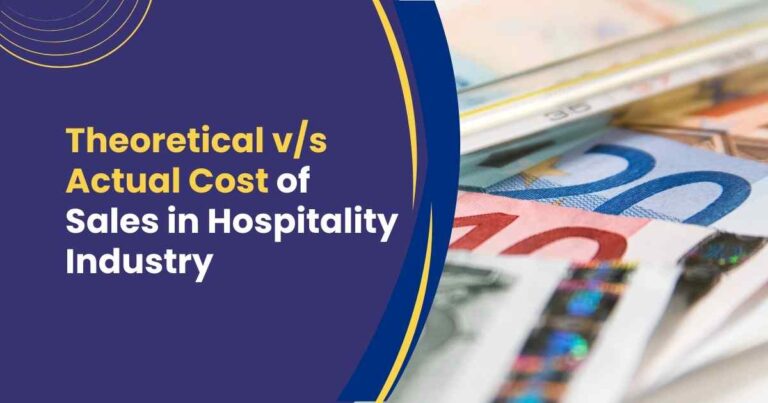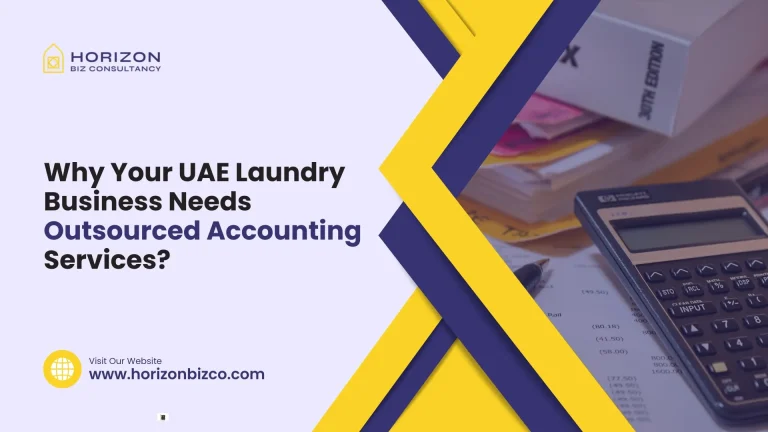Calculating accurate cost of sales is essential for the success of any hospitality business. However, many operators only look at the theoretical cost of sales without considering actual costs. This can lead to poor decision making.
What is theoretical vs actual cost of sales
Theoretical cost of sales looks only at direct ingredient costs, while actual cost of sales factors in all expenses associated with producing and selling each item. Theoretical calculations provide an incomplete snapshot, while actual costs reveal profitability truth.
Why actual costs are more important
Actual costs are vital for strategic decision making. Only with real data can you identify high-margin / low-margin performers, set prices appropriately, budget accurately, and spot inefficiencies. Theoretical estimates are just guesses – actual numbers demonstrate the financial reality and guide better long-term choices.
How to track actual costs properly
Monitoring actual costs isn’t as straightforward as theoretical estimates. It requires diligent, ongoing systems for recording each expense contributing to the cost of sales. This includes detailed inventory, labor tracking and allocating overhead. Consistency is key. The methods outlined, like food cost percentages and gross profit analysis, provide transparent windows into where costs are occurring versus revenue.
By understanding this difference, you can make smarter financial choices for your business.
Calculating Theoretical Cost of Sales
Theoretical cost of sales is an estimate based on ingredient costs.
For example, if steaks cost $10 each and sell for $20, the theoretical food cost is 50%. However, this doesn’t capture all expenses.
How is it calculated?
Theoretical cost of sales is determined by:
- Dividing food purchase costs by food sales
- Ignoring other costs like waste, labor, overhead
While quick to figure, it provides an incomplete picture of true costs.
Factors that Inflate Actual Costs
Real-world operations involve additional expenses:
- Food waste from prepping, portioning and plate waste
- Labour to prepare, plate and serve menu items
- Utilities, repairs, supplies, insurance
- Manager salaries and payroll taxes
These hidden costs push the actual cost of sales above the theoretical number. Accurate tracking is needed.
Importance of Tracking Actual Costs
Only by studying actual costs can you
- Identify truly profitable/unprofitable dishes
- Set realistic menu prices, budgets and goals
- Benchmark performance over time
- Spot issues requiring cost control measures
Data-driven decisions are crucial for long-term success.
Methods for Calculating Actual Cost of Sales
Food Cost Percentage Calculation
Total food purchases minus ending inventory, divided by food sales.
Gross Profit Percentage Method
Revenue minus cost of goods sold, divided by revenue.
Detailed Item-Level Tracking
Weighing, recording and costing each inventory item daily.
Technology like POS systems make tracking much easier than manual methods. Consistency is key.
Tips for Reducing Costs
Some best practices to control your actual costs:
- Use standardized recipes and portion sizes
- Follow first-expired, first-out inventory procedures
- Limit to-go packaging waste
- Train staff on food handling and prep techniques
- Even small improvements can have a big impact on profitability.
Conclusion
Thorough, ongoing analysis of actual costs provides priceless strategic insights. Don’t rely on theoretical estimates alone. Track real numbers to maximize your bottom line long-term.
FAQS
At minimum, monthly comparisons of actual vs. budgeted costs are recommended. Quarterly deep dives can also uncover useful trends over time.
Many point-of-sale systems include basic inventory and cost modules. Spreadsheets also work well if sales volumes remain low. Affordable technology options allow easier, more accurate tracking.
Track usage of utilities, cleaning supplies, etc. Costs can be allocated based on square footage, labor hours, or other measurable factors. Consistency ensures an “apples to apples” analysis over time.
Most experts recommend 25-35% as a healthy target range, though it varies by cuisine. Consistency is more important – look for changes from your historic average.
Standardized recipes, smaller batch cooking, first expiry first use inventory practices, waste tracking to identify issues, portion training for staff. Even 5% reduction has big impact.





